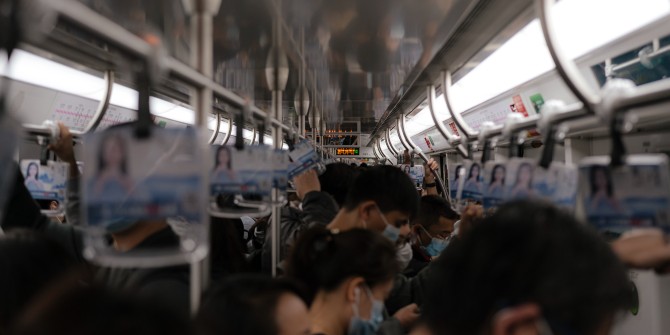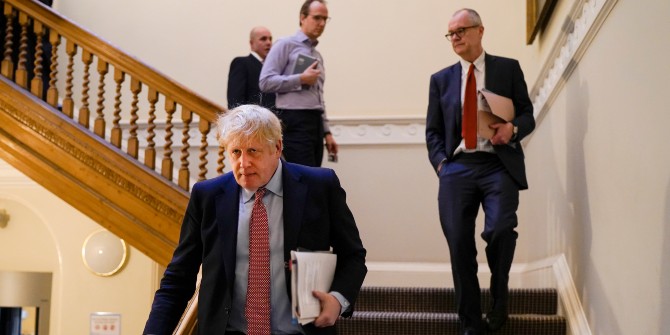Opening up China to international travel and allowing COVID to spread would represent a huge risk to the country’s leaders, says Winnie Yip (Harvard).
China’s continued pursuit of a zero-COVID policy makes it an outlier internationally. But the country, like the rest of the world, still faces a great deal of uncertainty. Although we are now in the third year of COVID, much about the virus remains unknown. It has mutated very rapidly, and it is not clear whether Omicron will be the last variant – nor how transmissible or lethal any future variants may be. Nor do we know a great deal about long COVID and how to deal with it. Certainly, China’s policy is extreme, but authorities have thus far been successful in limiting infection, a goal that China has achieved very well compared to the rest of the world. China has suffered much less than many other countries in terms of foregone care during COVID – partly because it was shut down for a much shorter time, but also because it allowed web-based healthcare to grow.
The question is not whether China should follow Western countries in opening up, but whether it can relax its current zero-COVID policy to something more moderated
Can China continue its zero-COVID policy? And at what cost? China’s strengths include its effectiveness at carrying out mass mobilisation and its launch of digital technologies to track the spread of COVID. Both are essential for it to be able to continue containing the spread of the virus. But it also has a few weaknesses. One is limited progress toward herd immunity. The consequences of opening up are very unclear, and data about Chinese vaccine efficacy, especially against Omicron, is in short supply. Could the health system really cope?
The question is not whether China should follow Western countries in opening up, but whether it can relax its current zero-COVID policy to something more moderated. Indeed, the country is already doing that. Many of the recent lockdowns are targeted and limited to smaller areas. China has a very good infectious disease reporting system. What has worked less well is the governance structure. China has multiple levels of responsibility for infectious disease control and decision-making is therefore harder. But this should improve with the recent creation of the National Administration of Disease Prevention, which is an attempt to consolidate all the fragmented agencies, and concentrate power in one organisation.

COVID has shown China that when it comes to disease prevention, it has a relatively weak public health system. When the virus began to spread in Wuhan, people went to the hospital, and infections spread quickly there. In the last two decades China has invested significantly in healthcare in real terms, quadrupling spending between 2007 and 2017. But as happens in many middle-income countries, a lot of this money was invested into acute hospital care instead of prevention. The system is dominated by hospitals, and it is hard to reform a system when changing that system will hurt the interests of those who are currently most powerful. Disease prevention is also aided by a strong primary care system. While China has near-universal health coverage, the system is too weak at the primary care level: people do not trust the providers. China faces the challenge of how to channel more funds into primary care, as England’s National Health Service does, for example. The Centre for Disease Control and the medical healthcare system have not worked together to tackle disease – whether it is communicable, like COVID, or non-communicable. China has an ageing population and needs better prevention and primary care.
Although the economy is growing faster than elsewhere in the world, China is showing signs of stagnation, and the authorities have a difficult decision to make about how much to open up the country to international travel. The Chinese Communist Party’s legitimacy has thrived on economic growth and prosperity. Can China continue to give its people the growth they have become used to? If economic prosperity founders, other problems may emerge. There is little room for mistakes in China’s policy response. The 20th Party Congress in autumn 2022 may also be a factor in the leadership’s decision-making calculus.
This post represents the views of the author and not those of the COVID-19 blog, nor LSE. It is based on Winnie Yip’s contribution to China and the World in the Post-COVID Era: a new agenda of public policy, an event to celebrate the launch of the LSE-Fudan Global Public Policy Hub.





